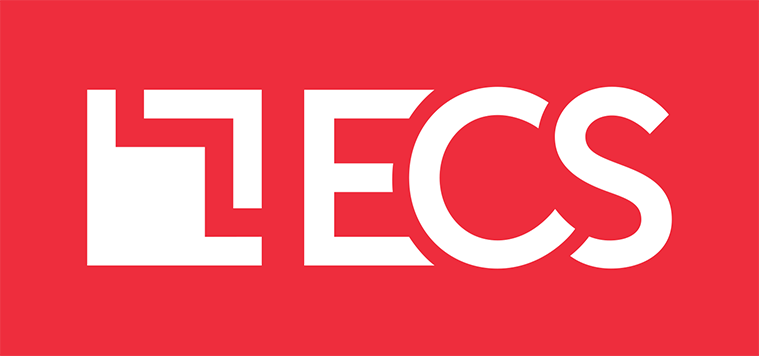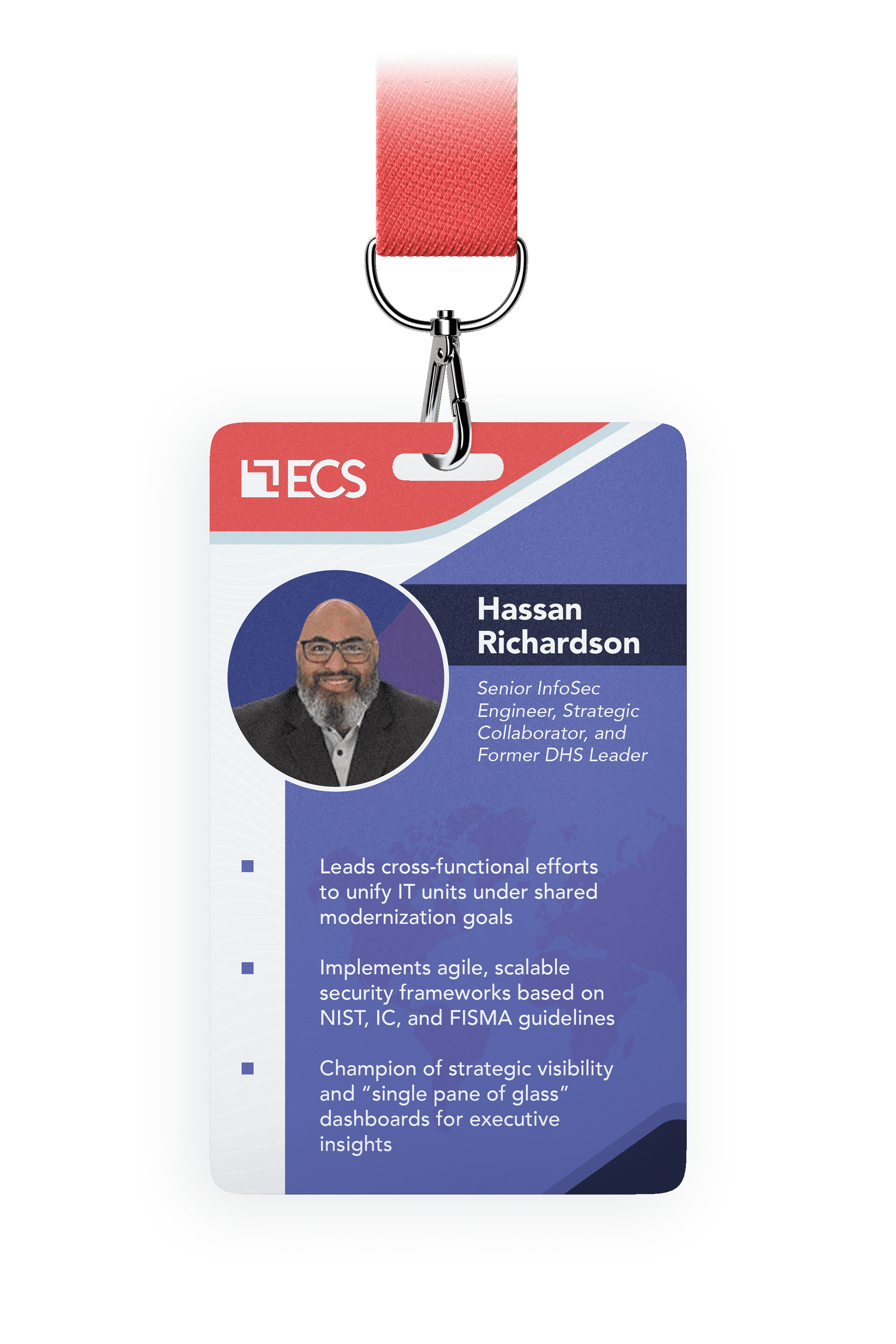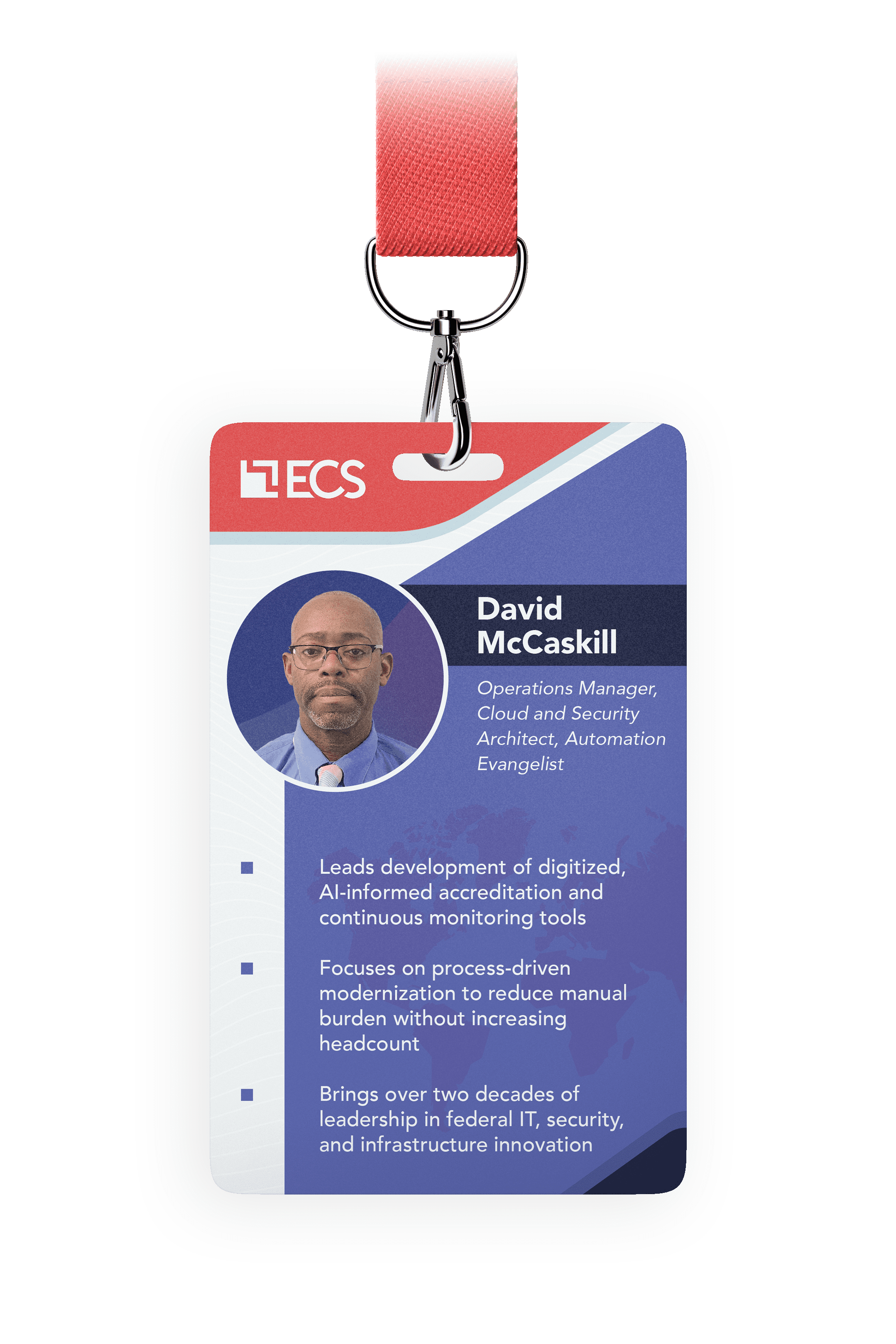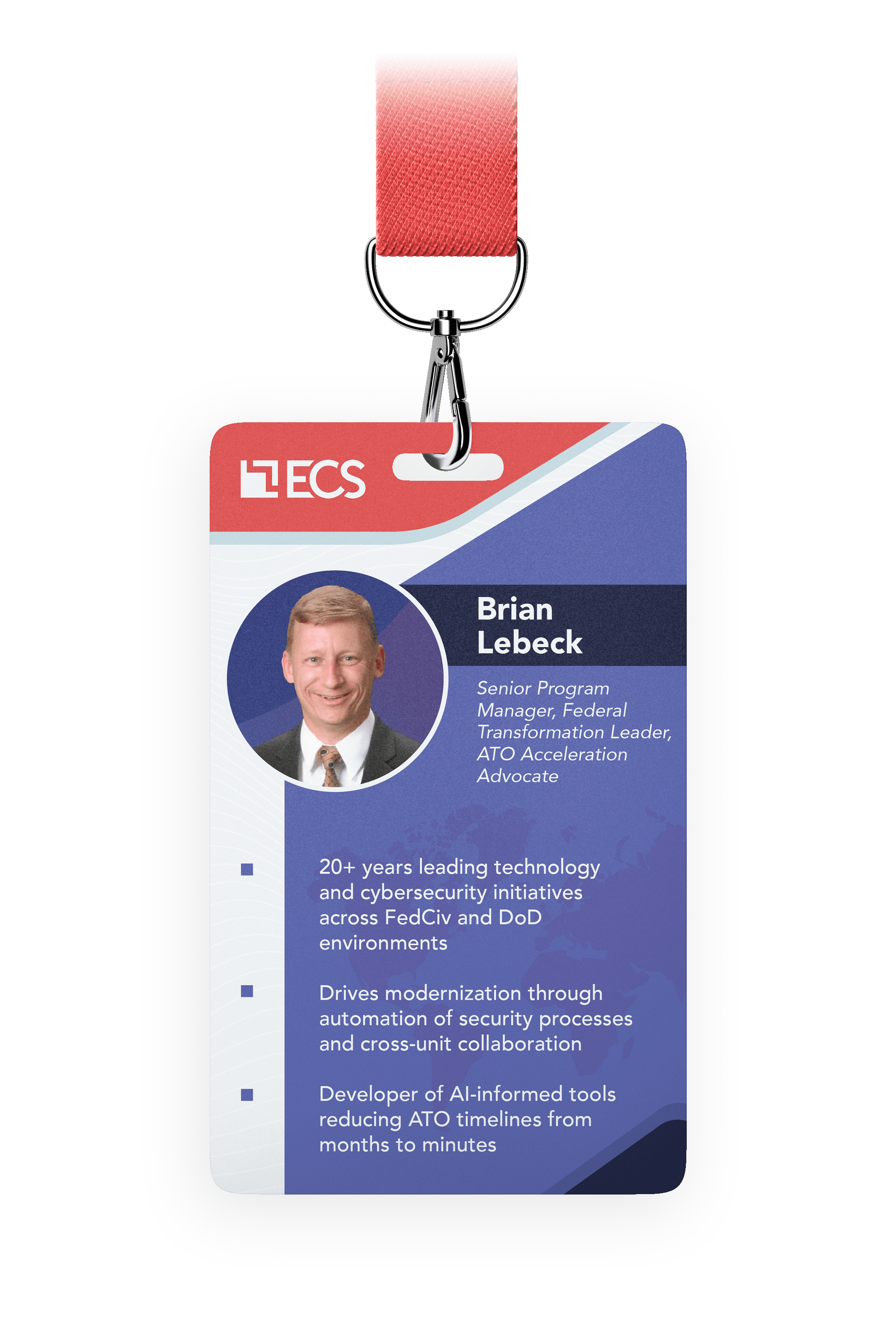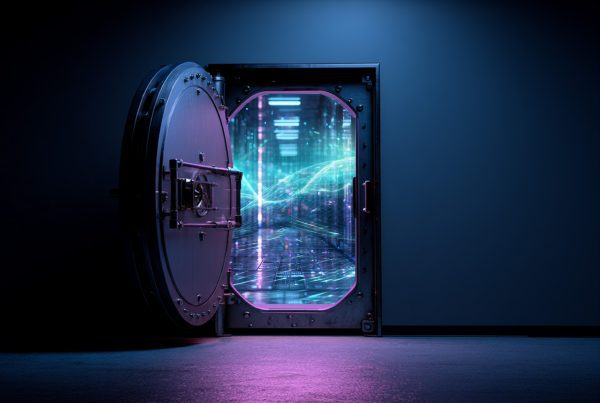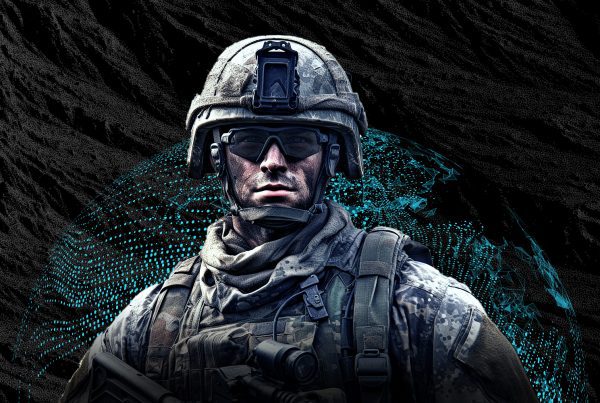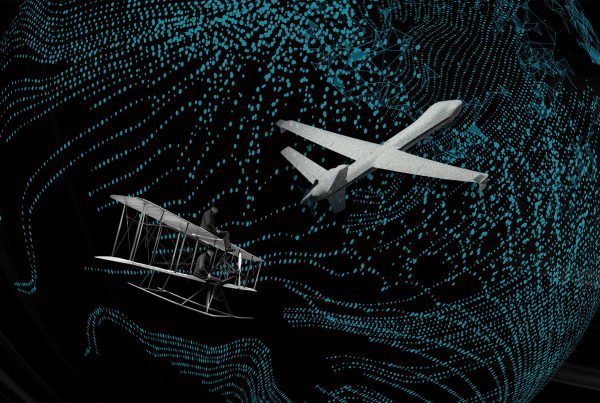In today’s national security and law enforcement environment, the mission moves at the speed of data. When you’re trying to track terrorists, stop kidnappers, or prevent violent attacks, every second — and every system — matters. But too often, the systems and strategies supporting that mission don’t move fast enough. The demand for smarter, more agile IT is only increasing, especially as AI, cybersecurity threats, and the need to reduce costs without losing core capabilities reshape the landscape.
Across the board, law enforcement leadership is looking for ways to automate, optimize, simplify, and adjust; to cut friction and unlock the full value of their data without adding headcount.
That’s where IT modernization comes in.
We asked four of our law enforcement IT modernization experts for their perspectives on the future. What does it mean for an organization’s people, tools, and policies to operate effectively in this new era of speed and efficiency? What does mission execution look like?
Collaboration. Connection. Context.
Hassan Richardson
“IT modernization isn’t a new concept, but it is still an urgent need for these large agencies trying to keep pace with mission demands,” said Hassan Richardson, senior information systems security engineer at ECS. “It’s about more than new tech; it’s about operational alignment. Historically, you have several units under IT leadership working in silos. Modernization is focused on creating shared visibility, or a ‘single pane of glass,’ so decision makers can connect the dots.”
“That’s the future of IT modernization,” Richardson added. “Collaboration. Connection. Context.”
On the forces hindering agencies’ push to modernize: “There are resource issues, but perhaps more importantly, there are knowledge gaps,” said Richardson. “Understandably, you’re not always going to find decades of subject matter expertise readily available internally. This is where it can make sense to partner with a proven provider, to gain that outside-in view from personnel who are ‘in the weeds’ every day.”
“They may be quicker to spot where things break down or have a better grasp of what small changes can unlock big value,” he added. “That’s our goal: to enable the mission, give leadership the clarity to see what’s working, and connect the dots between people, data, and systems. Helping agencies work smarter will enable them to stay mission-ready, no matter what changes next.”
Automate, automate, automate.
David McCaskill
David McCaskill, an operations manager at ECS focused on security and accreditation, approached the theme of IT modernization from a different angle: “The pain point I keep hearing is: ‘How can we automate this without adding people?’ The push is toward automation, continuous monitoring, and digitizing every part of the security and accreditation process.”
“ECS is building AI-informed tools that can generate system accreditation packages in weeks instead of months,” McCaskill added, “automatically updating documentation and flagging security issues in real time.”
McCaskill also echoed Richardson’s point regarding the importance of a high-level understanding of an organization’s problems and processes: “Technology is just the tool. The real differentiator in modernizing an organization is process analysis, or understanding what’s needed, then finding the right technology to support it. Too often, that sequence gets flipped.”
Data is the Lifeblood of Your Mission
Paul Dick
Paul Dick, a veteran project and portfolio manager at ECS, emphasized data maturity as central to the IT modernization conversation: “One of the biggest challenges to IT modernization is helping agencies find and correlate reliable data at mission speed.”
Essential steps to unlocking the power of that data include maturing a data governance framework, implementing data management plans, establishing data standards, tagging and cataloging, employing appropriate cybersecurity guardrails, and architecting for interoperability. These steps not only enable the mission but lay the groundwork for effective AI/ML integration.
“Data is the lifeblood of your mission. Without secure, trusted data, AI can’t deliver accurate analysis or reliable results. Quality data matters for mission essential insights and decisions,” said Dick.
There are also cultural forces to contend with in any IT modernization effort. “Part of what’s needed is a move away from system-level security toward data-centric thinking,” said Dick. “If we treat data as an enterprise asset and manage it accordingly, we can reduce duplication and cost, improve performance and trust, and shift toward a more data-driven environment, capable of improving agency acumen and adaptable to changing landscapes.”
Stay Mission-Focused
Brian Lebeck
“The essence of IT modernization is aligning disparate parts of the organization to serve the mission more efficiently,” said Brian Lebeck, senior program manager at ECS. “Increasing collaboration between units improves mission delivery.”
Lebeck also reiterated McCaskill’s point on automation, laying out the benefit of such tools: “Automation means systems get authorized faster, and national security and law enforcement personnel get to do their job with the tools they need, sooner.”
Lebeck closed by emphasizing that IT modernization isn’t just about faster systems or sleeker tools, but about strategy: embedding agility, visibility, and intelligence into every layer of operations.
“That’s my favorite part of the job,” he said. “When a product from one unit ends up supporting three others, because someone connected the dots. That kind of cross-functional impact — that’s how you know you’re enabling the mission.”
